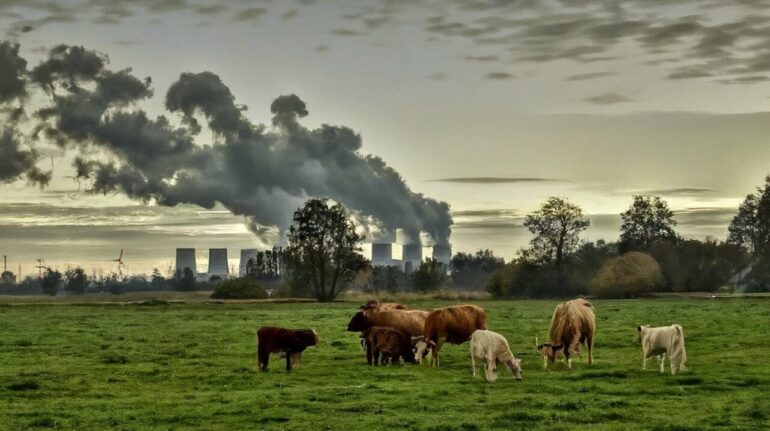Every ton of carbon is four times more damaging to the world now than it was 10 years ago, according to a recently published study from the University of Sussex Business School.
The findings, published in Nature Climate Change, are based on an extensive analysis spanning four decades of research.
The “social cost of carbon” is the cost that economies face from the release of carbon into the atmosphere. The cost can be calculated by carbon’s effect on: human health and welfare, agricultural productivity, sea level rise leading to property damage and destruction, desertification, changes in energy consumption, and declines in labor productivity.
The research, which analyzed over 5,900 estimates from 207 papers published before 2022, used innovative statistical methods such as meta-analysis, and found that, whereas twenty years ago economists tended to advocate a modest carbon tax, they now need to argue for a much more stringent climate policy. This is primarily because the assessment of climate change and its impacts have become much more pessimistic over time.
Professor Richard Tol, professor of economics at the University of Sussex Business School, said, “The implications of these findings for climate policy, are significant. The central estimate is that the social cost of carbon becomes 2.2% larger every year. We have found that every ton of carbon is four times as damaging now as it was 10 years ago.
“The study underscores the need to intensify efforts to reduce greenhouse gas emissions and reassess the appropriate carbon price.
“There is often a gap between the announced emissions targets and the policies supposed to achieve the targets. Besides raising the social cost of carbon, the recommended carbon price, policy makers should focus on raising the actual price of carbon.
“Therefore, this paper justifies a major strengthening of climate policy than the one that we have in Europe and North America, and calls for other countries, particularly China and India to up their climate game.”
There are, as the researchers point out, a number of different estimates of the social cost of carbon, and these vary because of different assumptions about future emissions. However, on average, these predictions have become much more pessimistic as the reality of climate change sets in. For example, climate impacts are unpredictable, and the impacts of moving from 1.5°C to 2°C are much greater than an increase from 0.5°C to 1°C. This has, as the study suggests, increased the cost of carbon significantly as the impact on everything from agriculture to health, sets in.
More information:
Richard S. J. Tol, Social cost of carbon estimates have increased over time, Nature Climate Change (2023). DOI: 10.1038/s41558-023-01680-x
Provided by
University of Sussex
Citation:
Carbon emissions found to cost the world’s economies 4 times as much as they did 10 years ago (2023, August 24)



